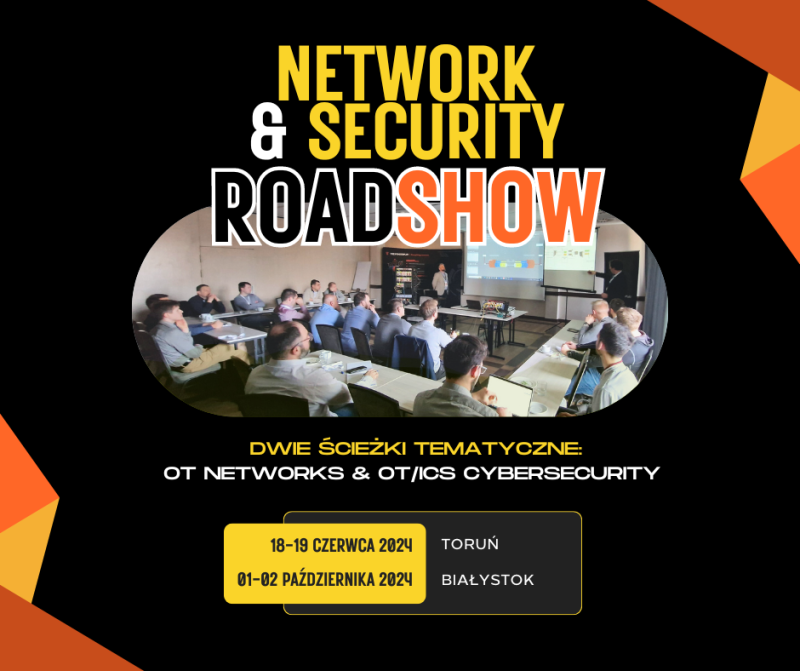Maritime is one of the largest industries in the world and is responsible for transporting nearly every type of good, from the oil that powers our factories to most of the products we consume like coffee and clothing. Carrying 90% of world trade and with a market size of more than USD 170 billion, maritime is the lifeblood of the global economy.
Download Maritime Whitepaper
Digitized, Converged, and Interconnected
The maritime industry has become increasingly digitized, IT/OT converged, and interconnected, especially as it adopts advanced technologies like Internet of Things (IoT) devices, satellite communications, electronic navigation, and more. While these advancements deliver considerable benefits – safety, efficiency, and convenience – they come at the price of a widening attack surface exposing vulnerabilities that can be exploited by malicious actors. Digitized systems like container management, shipboard controls, navigation, buoys, and even HVAC are in play. In fact, the value of maritime assets is so great and its efficient operation is so critical to countries, global enterprises, and billions of individuals, that cyber criminals and highly trained, statesponsored cyber syndicates are actively involved.
Securing Maritime Operations
Since seafaring vessels are part of a larger ecosystem – they participate in fleets and visit a variety of ports –- a successful attack on any single onboard system on a given ship can soon spread to other onboard systems. And the damage doesn’t necessarily stop there. Since vessels are in constant communication with their fleet sisters, today’s sophisticated threat actors can leverage their unwanted access to one vessel as a springboard to other vessels, rapidly infecting them as well. From there, port systems and even corporate networks are also within reach.
Types of Maritime Cyberattacks
Enterprising threat actors are using a wide variety of methods (attack vectors) to gain access to networks, systems, and devices, sometimes to disrupt and other times to take control or to steal information. Here are some examples of maritime cyberattack vectors that Radiflow confronts:
- Phishing Attacks: Attackers may send deceptive emails or messages to ship personnel, port authorities, or shipping company employees to trick them into revealing sensitive information, such as login credentials, or opening malicious attachments.
- Malware and Ransomware: Malicious software can be introduced into a ship’s systems through infected files or devices. Ransomware attacks can encrypt critical data, demanding a ransom for its release.
- Network Intrusion: Cybercriminals may attempt to breach the ship’s network security through vulnerabilities in communication systems, onboard WiFi, or other networked devices.
- Satellite Communication Interception: Hackers may intercept satellite communication signals to eavesdrop on sensitive information or inject malicious data into the communication stream.
- GPS Spoofing and Jamming: Manipulating Global Positioning System (GPS) signals can cause inaccurate ship navigation, posing a serious safety risk. This can be done through jamming (blocking GPS signals) or spoofing (providing false GPS coordinates).
- Automatic Identification System (AIS) Manipulation: AIS is used for vessel tracking and collision avoidance. Attackers can manipulate AIS data to hide a ship’s true identity or to create false collision warnings.
- Electronic Chart Display and Information System (ECDIS) Manipulation: ECDIS is critical for navigation. Attackers may tamper with electronic charts or navigation data, leading to incorrect routes or collision risks.
- Physical Access and Device Tampering: Insiders or malicious actors gaining physical access to a ship’s systems can install malware or manipulate hardware components.
- Supply Chain Attacks: Malicious software or hardware can be introduced into a ship’s systems through compromised equipment or components during the supply-chain process.
- Remote Access Exploitation: Vulnerabilities in remote access systems, such as those used for ship maintenance or monitoring, can be exploited by attackers to gain control over critical ship functions.
- Man-in-the-Middle Attacks: Attackers may intercept and potentially modify data exchanged between ship systems or between a ship and onshore facilities.
- Denial of Service (DoS) Attacks: These attacks flood a ship’s systems or networks with excessive traffic, causing them to become overwhelmed and unresponsive.
- Social Engineering: Attackers may use social engineering techniques to manipulate ship crew or personnel into revealing sensitive information or performing actions that compromise security.
- Insider Threats; Employees or crew member with malicious intent or even accidental actions can pose a significant threat.
Radiflow Security Solutions for Maritime
The Radiflow Team comprises cybersecurity professionals who work together with partners and customers to provide the full spectrum of cyber protection for vessels, fleets, off-shore facilities, and ports. Our highly adaptable and flexible solutions and services address the overall and unique cybersecurity challenges of our maritime customers.
Threat Detection
iSID, Radiflow’s advanced threat detection system, delivers full network, communication, and asset visibility, while detecting anomalies and cyber threats. iSIDs can be deployed per vessel, port, or facility.
Risk Management
The CIARA Risk Assessment and Management platform analyzes threat intelligence, network traffic, asset properties and more to calculate impacts of cyberattacks on operations. Operating onshore, CIARA ingests countless data points, calculates the risk score, and determines how to prioritize mitigation controls based on their riskreduction capabilities, compliance requirements, and optimal cybersecurity expenditure.
Centralized, Onshore Cyber Management
The onshore iCEN Central Management platform centralizes cyber management and monitoring of OT cyber defenses. Communicating with any number of iSIDs via secure, remote connectivity, iCEN collects information from the iSIDs and makes it available to CIARA for accurate risk assessment and to the Security Operations Center for rapid incident response. iCEN enables maritime operators to visualize and manage the state of security across their fleets and operations.
Outsourcing Cybersecurity
Maritime operators may elect to outsource some or all of their cybersecurity functions. Radiflow works with international Managed Security Service Providers who employ Radiflow solutions to manage cybersecurity from their SOC. These MSSPs monitor vessels, ports, and facilities 24/7/365, providing the full gamut of cyber functions, including threat detection, incident response, risk management, compliance assessments, and more.




